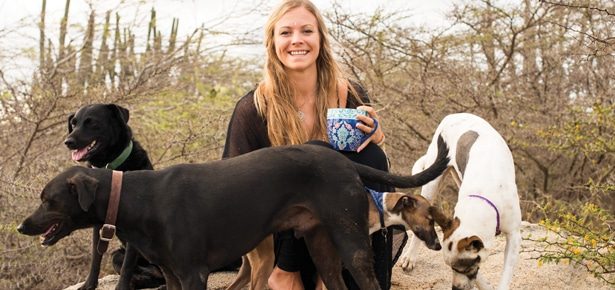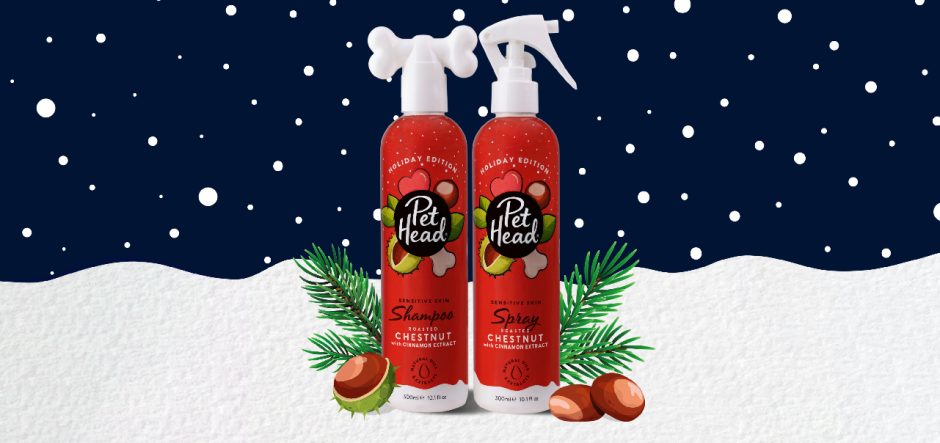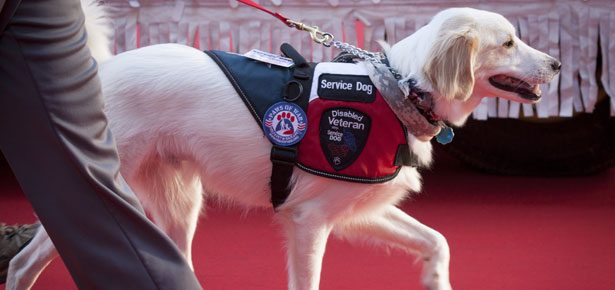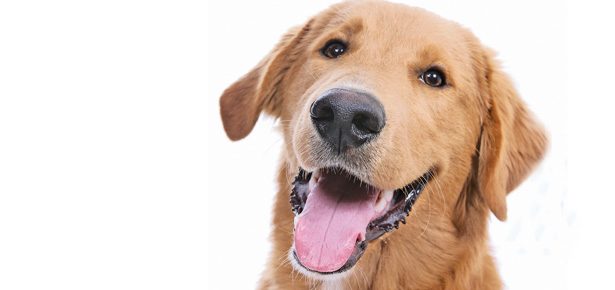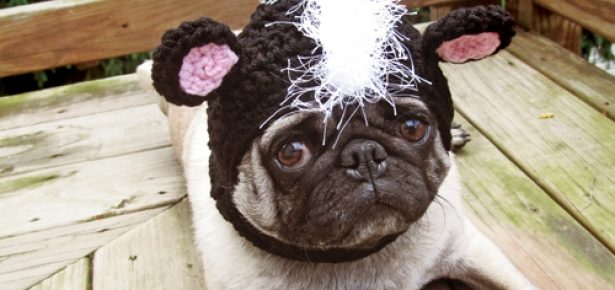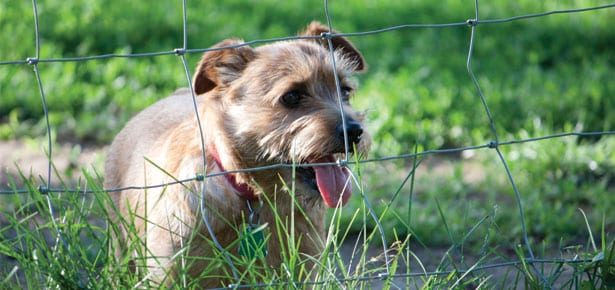

Protecting Your Pooch in Your Own Backyard
Let them play worry-free
It seems the chipmunks stop outside our glass backdoor just to taunt my dog, Pearl.
As soon as they do, she announces their presence with a whine and a shrill bark. When I open the door, she takes off like a shot through the screen porch and out the doggie door. Once in the backyard, she is in for a good hour-long romp as she checks all of the chipmunk hiding holes. I shut the door and never give her another worry.
Of all the places your dog goes, your backyard should definitely be a worry-free zone. However, just because it is home doesn’t automatically make it a safe zone for your pet. It is possible for backyard injuries to occur. Use this checklist to make sure you’ve taken care of some of the most common hazards.
Walk the Line
Take a stroll around your fence on a regular basis, perhaps while you are out romping with your dog. Make sure the fence is secure and without any gaps. Check to see if your dog or a neighboring dog has dug an escape route under the fence and make any necessary repairs as soon as possible.
Keep It Trim
Tall weeds along the fence line create great hiding places for snakes. The weeds also hide potential escape holes. Mowing alone doesn’t usually eradicate tall grass along the fence, so be sure to keep those areas in check with an edger.
Tidy Woodpiles
Snakes are also known to hide in woodpiles. Move your stacked wood outside of the fence so your dog isn’t unpleasantly surprised when sniffing around it.
Take Out the Trash Can
Garbage cans are a huge hazard to pets. Your dog’s curious nature might have him raiding the cans and eating discarded foods that will make him sick. Dogs can also ingest plastic, metal or glass once they start chomping on things from the trash. Either move your outdoor trash cans out of the backyard or fence them in with a locked gate to keep your dog out.
Contain It
Garden products and chemicals of all kinds are certainly off limits to your dog, so make sure they stay that way. Place all chemicals inside a locked shed or garage so your dog doesn’t have access to them. Take the extra precaution of placing the items inside storage containers and up on shelves that are out of your dog’s reach.
Know Your Dog
Some dogs will chew on items as simple as flip-flops left by the door, a baseball bat tossed in the yard or loose pieces of bark in the garden. Scope your yard on a regular basis and pick up items you know your dog might like to chew on. Leave some safe dog chews in their place to prevent boredom.
Of course, part of safety in the backyard means making sure you have the basics covered. Provide your dog with a warm place in cold weather, a shady spot in the summer and plenty of water whenever they are left to play outside.
Organizing expert Lea Schneider writes her advice for homeowners for The Home Depot. Lea’s dog Pearl is one of the beneficiaries of Lea’s focus on keeping all exterior areas around the home safe and well maintained. If you are planning a fall cleanup of your yard, you can research a selection of trimmers and edgers on Home Depot’s website here.
Join the newsletter and never miss out on dog content again!
"*" indicates required fields
By clicking the arrow, you agree to our web Terms of Use and Privacy & Cookie Policy. Easy unsubscribe links are provided in every email.

